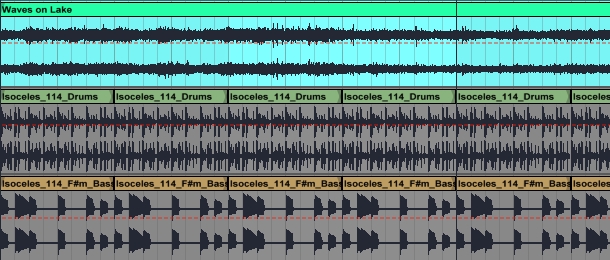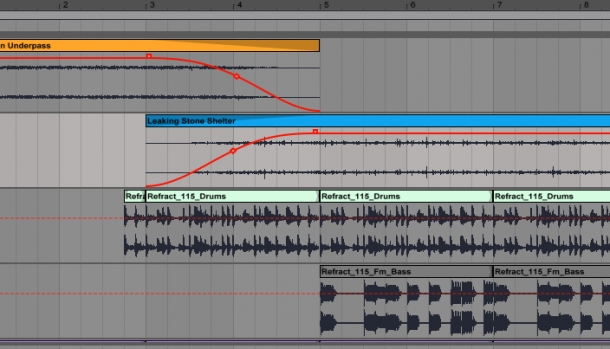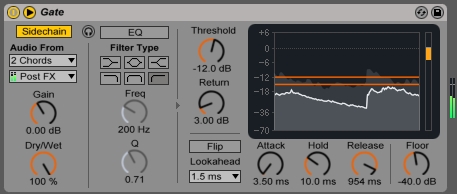
Welcome back to my series on using field recordings and found sounds in music production. Last time I looked at processing field recordings, and this time we'll see how you can use field recordings more or less unprocessed as a quasi-musical part in mixes. Again, I'll be using recordings from our 'Elements' collection of rain, wind and water sounds: check it out! The example clips in this article also use music loops from 'Geometrics'.
'It's like a veil across the far wall of the tune'
The easiest, and probably my favourite, way of using field recordings in music production is to just let one run, unprocessed, low in the mix. Why' If you choose your recording wisely, it will add an expressive atmosphere, break up the repetition just a little and also cover the featureless, boring digital silence that you get in between sparser beats. One of the masters of this technique is Burial, who described his use of found sounds and field recordings as 'like a veil across the far wall of the tune'.
So how do you know what sort of recording to use' It depends on your music, and what the particular track you're working on is trying to say. A recording of light rain in an empty street could have associations of grey skies, cold and wanting to be somewhere else. So if you've got a melancholic, downtempo tune, a recording such as this could help to set the music in some sort of real-world experiential, emotional context. Rain recordings also tend to contain a lot of high-treble noise, like old vinyl hiss and crackle but more interesting.
In this example, I've shown how a recording of waves on a lake can be used behind a rhythm section of tracks, and blend nicely with an arpeggio loop that fades in over the top.

Changing Scenes
I mentioned how a rolling a field recording in the background of a mix can cloak the music in atmosphere, but you can take this a step further and switch up your field recordings to mark out different 'scenes' in a tune. You have a relatively subdued 'verse' part, maybe just a drum beat, bass and a few chords, and want to take it up an extra notch when you go into the 'chorus' with your full chords and supporting parts' Switch from the light wind recording of the 'verse' to a stronger wind recording in the 'chorus'!
As well-made field recordings can draw you in to the environment in which they were recorded, it takes a little while (at least a few seconds) to get drawn in to a new scene with a different recording. So try doing a long crossfade starting before the 'chorus' starts, to give the listener a bit of a heads up and time to adjust to the new atmosphere just in time for the lift.
Here, I've used two different rain recordings to move from lighter rain drops to heavier drops as the mix fills out:

Intertwined with the Chords
In the previous article in this series, I showed how sidechaining a field recording through gating could tie the content of the recording in to the rhythm of a drum beat. In a similar vein, it's possible to use field recordings as textural enhancement for pad and chord parts by layering the recording with the pad and gating accordingly (generally using the same amplitude envelope as used in the pad). Just as NI Massive's Noise oscillator contains found sound wavetables, such as the sound of paper shuffling and foil scrunching, field recordings can be used to add variety and grit to otherwise relatively stable timbres.

To do this doesn't require the same kind of careful selection of ambiance as the previous two techniques, but rather requires selection of textures. Rain sounds have a granular texture which destabilises smoothness, wind sounds have a swelling noise texture that adds dynamics, and water sounds fall in between granular and pitched sounds with the many randomly pitched resonance events within the sound. So while it could take quite a lot of synth programming to recreate these textures, it can be not only a lot quicker and easier but also more interesting to add these elements by using field recordings.
In this last example, the sound of heavy wind is gated, with a long release, by the chords and bass tracks of the music. I think it gives the harmony section a darker and more propulsive feel:
I hope that this series has given you some ideas for using field recordings and found sounds in your own music and that you can now see why these kinds of sound sources have such an important place in the world of sound design for music. Remember to check out some of our collections of field recordings - perfect for this sort of sound design wizardry - and until next time, get creating!













